One in three children lie about their age to access adult content on social media, according to research commissioned by the regulator, Ofcom.
Many social media sites, such as Instagram, do not permit under-13s to sign up, while accounts for under-18s have limited functionality.
But researchers found children were faking their ages to skirt the rules.
Ofcom says this increases the risk of children seeing content which may be inappropriate or harmful.


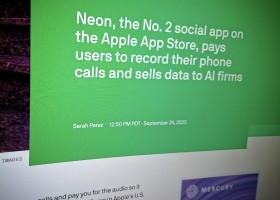
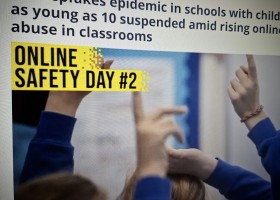
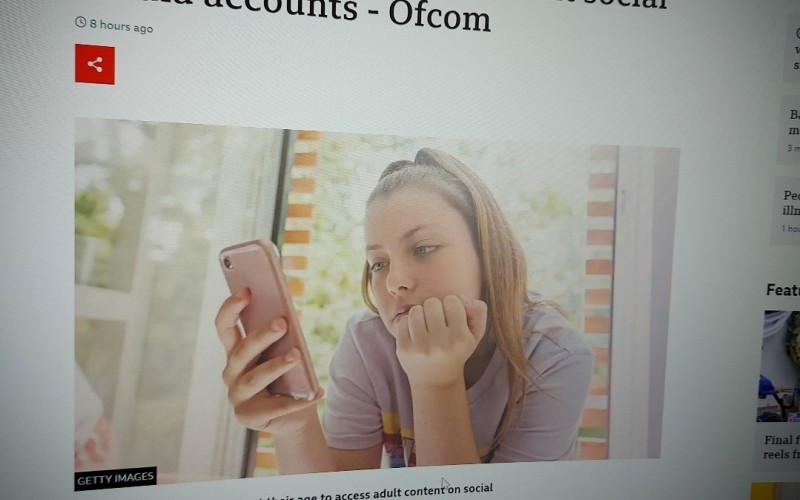
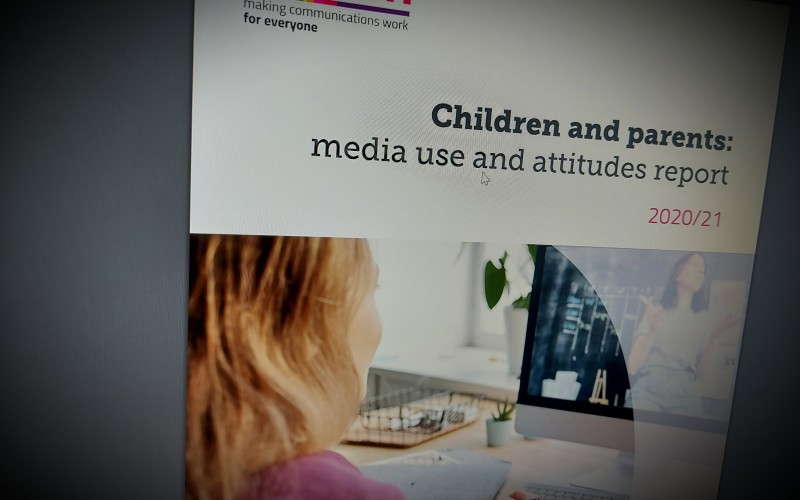

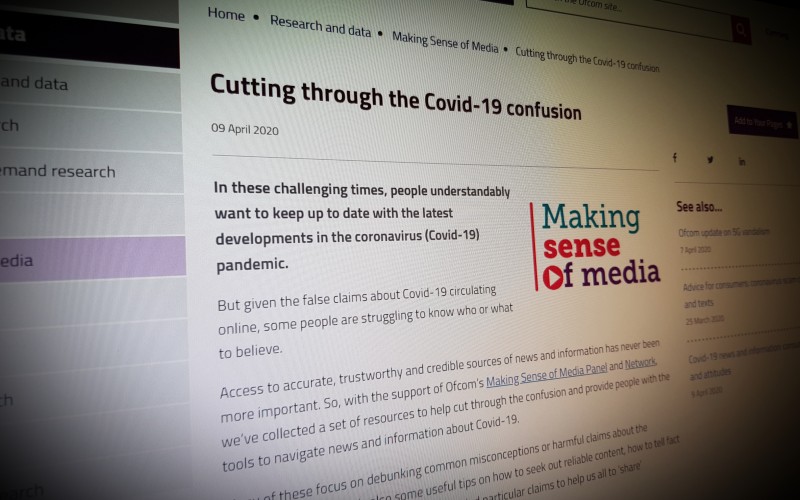
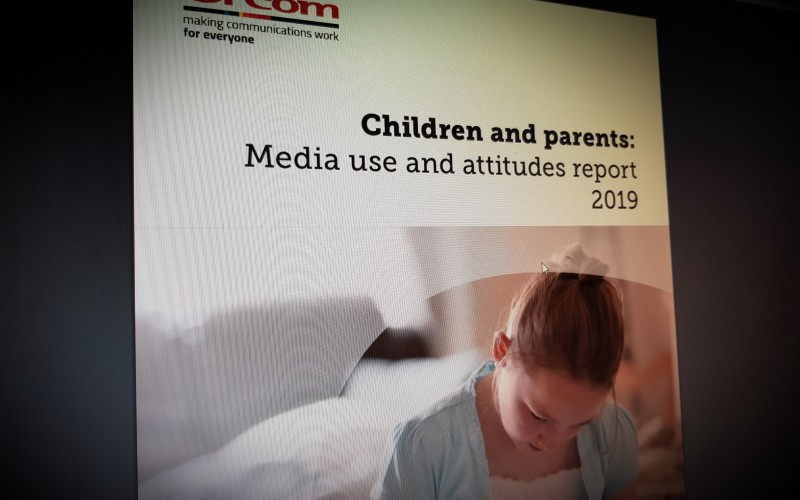
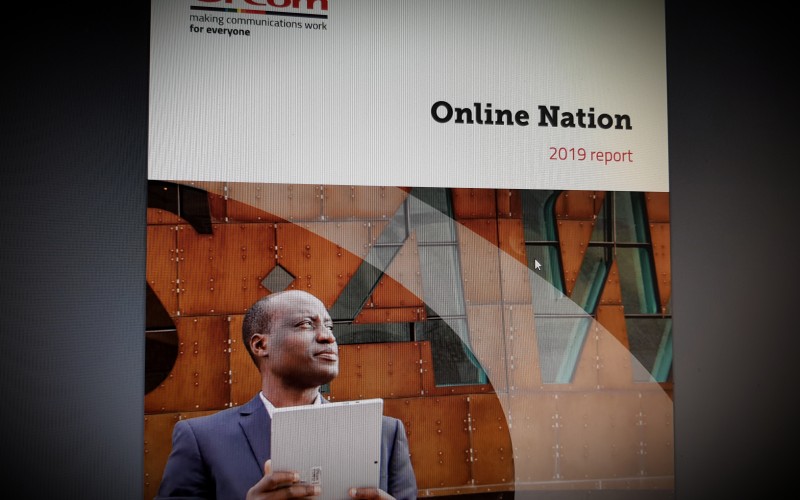
Comments
make a comment